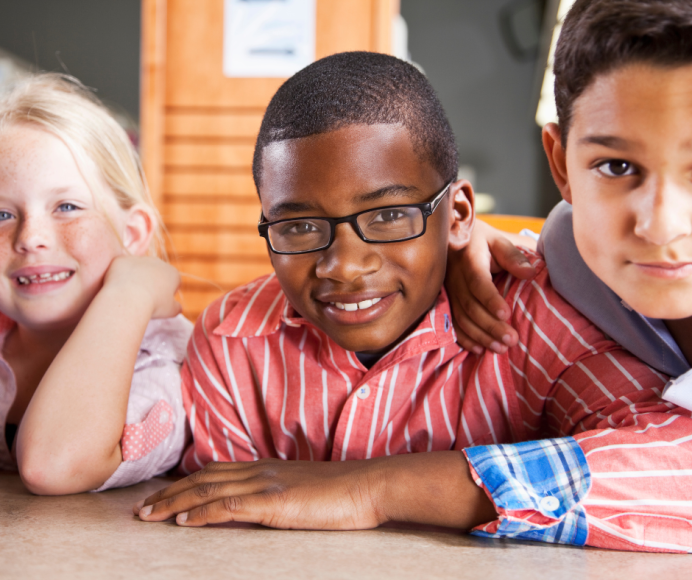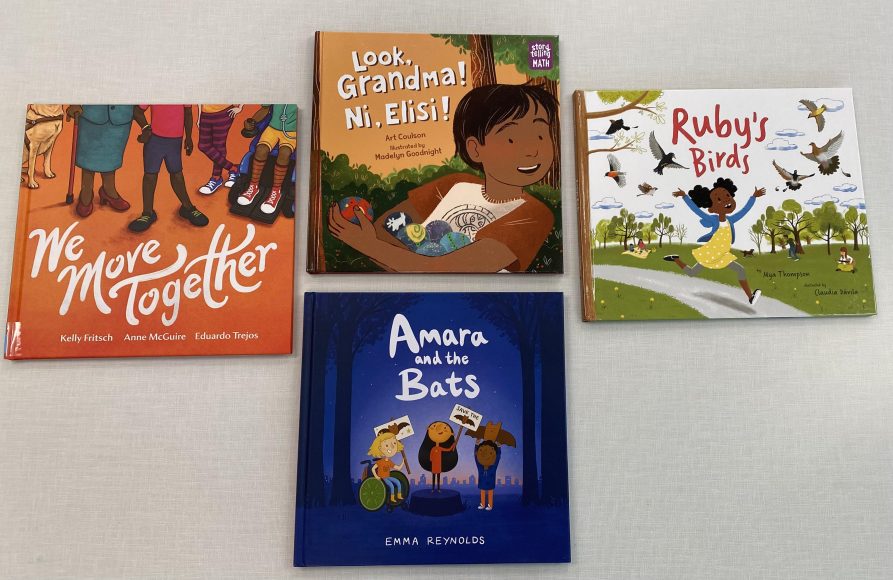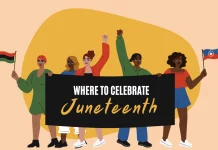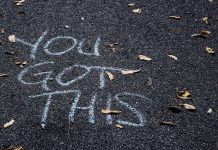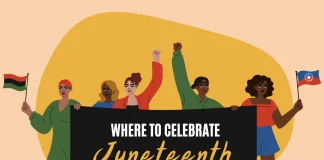Curating a diverse bookshelf for my kids (both at home and in my science classroom) is important to me. So much so that I actually wrote my final master’s project on it a couple of years ago. For the classroom library, the focus should be on reflecting the diversity we see in our students. We should also reflect those that may not be present in our classrooms. We can do this for our home libraries, as well.
First, what do we mean by diverse books?
Diversity includes race, culture, ethnicity, tribal affiliations, country of origin, religion, gender, immigration status, family models, ability, and intersectionality (or the overlapping of multiple categories). Diverse books strive to include diverse characters (and not just background characters, but featured, main characters, too). Diverse home libraries will have books with different character types. Some of the characters should be like your children. Some of the characters should be different. The more diverse your selection of characters, the more diverse your library is.
When it comes to STEM-themed books, we are looking for science, technology, engineering, and/or math themed books that have diverse characters. In the past, publishers have struggled with this. Because of the non-fiction nature of the books, people are often not the main focus of the book. You can use the Diverse BookFinder Tool to help search for or analyze children’s books to see what categories they represent.
Here are 5 diverse STEM-themed picture books that I recommend adding to your home library.
We Move Together
by Kelly Fritsch, Anne McGuire, and Eduardo Trejos
We Move Together is an excellent example of a diverse book. It follows a multi-racial, mixed-ability group of kids as they negotiate everyday barriers and spark conversations about accessibility and social justice. The illustrations alone make this book a worthy addition.
Look, Grandma! Ni, Elisi!
by Art Coulson, a writer of Cherokee, English, and Dutch descent
In the story, Bo is trying to find the perfect container to showcase his hand-painted marbles at the festival for the Cherokee National Holiday. Bo searches through the house and tests out many different containers. When he thinks he’s found the right one, he excitedly runs to show his grandmother. She tells him the container is much too large for their booth at the festival. He needs to look for a smaller container that will fit. The end of the story showcases scenes from the festival.
One Step Further: My Story of Math, the Moon, and a Lifelong Mission
by Katherine Johnson
There have been several books (and the movie, Hidden Figures) written about how NASA Computer, Katherine Johnson, helped further the space program. This version is written by Katherine with the help of her daughters. It combines Katherine’s personal story, her influence on her daughters’ formative years, her and her daughters’ fight for civil rights, and her lasting impact on NASA and space exploration.
Ruby’s Birds
by Mya Thompson
Ruby’s Birds includes diversity categories of race, culture, ethnicity, country of origin, immigration status, and family models. Ruby, an African American, lives in a New York City apartment with her mom, dad, brother, and Grandma (who is from Barbados). Ruby heads to Central Park with her adult neighbor, Eva, who is from Costa Rica. Eva is looking for a Golden-winged Warbler that is just passing through. This warbler winters in Costa Rica. It uses Central Park as a stopover on its migration north to its nesting ground. Ruby has never been birdwatching before. She falls in love and convinces her family to come with her to Central Park the next Sunday. They spot the Golden-winged Warbler, and Ruby is more excited than ever about birding. This book has information about how to find birds in your city through Celebrate Urban Birds, a citizen-science project by the Cornell Lab of Ornithology. The end includes tips for taking a nature walk and encouraging your family to go with you.
Amara and the Bats
by Emma Reynolds
Amara and the Bats touches on the diversity categories of race/ethnicity, family models, and ability. Amara loves bats. She learns that they are losing their habitat. Amara brings awareness to her town and works with others to restore the bat habitat. Amara’s story showcases how people can make a difference. This book is an example of a cursory representation of diversity in picture books. The diversity reflected in the book is superficial and not part of the storyline. However, I still think representation like this is important in our books as well. I recommend reading this book alongside We Are Water Protectors, which adds an Indigenous point of view to the discussion of stewardship and caring for our Earth.



